BMW iX1 vs Polestar 3 – Performance, range & efficiency compared
Compare performance, boot capacity, efficiency and price at a glance.
Find out which car is the better choice for you – BMW iX1 or Polestar 3?
Costs and Efficiency:
When it comes to price and running costs, the biggest differences usually appear. This is often where you see which car fits your budget better in the long run.
BMW iX1 has a significantly advantage in terms of price – it starts at 41800 £, while the Polestar 3 costs 67400 £. That’s a price difference of around 25534 £.
In terms of energy consumption, the advantage goes to the BMW iX1: with 15.80 kWh per 100 km, it’s slightly more efficient than the Polestar 3 with 17.60 kWh. That’s a difference of about 1.80 kWh.
As for range, the Polestar 3 performs noticeable better – achieving up to 706 km, about 243 km more than the BMW iX1.
Engine and Performance:
Power, torque and acceleration are the classic benchmarks for car enthusiasts – and here, some clear differences start to show.
When it comes to engine power, the Polestar 3 has a distinct edge – offering 517 HP compared to 313 HP. That’s roughly 204 HP more horsepower.
In acceleration from 0 to 100 km/h, the Polestar 3 is somewhat quicker – completing the sprint in 4.70 s, while the BMW iX1 takes 5.60 s. That’s about 0.90 s faster.
In terms of top speed, the Polestar 3 performs to a small extent better – reaching 210 km/h, while the BMW iX1 tops out at 180 km/h. The difference is around 30 km/h.
There’s also a difference in torque: Polestar 3 pulls convincingly stronger with 910 Nm compared to 494 Nm. That’s about 416 Nm difference.
Space and Everyday Use:
Whether family car or daily driver – which one offers more room, flexibility and comfort?
Both vehicles offer seating for 5 people.
In curb weight, BMW iX1 is distinct lighter – 1940 kg compared to 2575 kg. The difference is around 635 kg.
In terms of boot space, the BMW iX1 offers barely noticeable more room – 490 L compared to 484 L. That’s a difference of about 6 L.
In maximum load capacity, the BMW iX1 performs minimal better – up to 1495 L, which is about 84 L more than the Polestar 3.
When it comes to payload, Polestar 3 minimal takes the win – 496 kg compared to 495 kg. That’s a difference of about 1 kg.
Who comes out on top?
Overall, the Polestar 3 shows itself to be wins the duel decisively and secures the title of DriveDuel Champion.
It convinces with the more balanced overall package and proves to be the more versatile choice for everyday use.
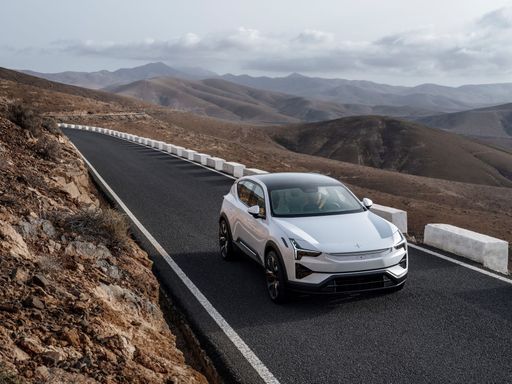
Polestar 3
BMW iX1
The BMW iX1 stands out as a versatile addition to the electric vehicle market, seamlessly combining compact dimensions with advanced electric technology. Its sophisticated design elements and premium interiors ensure a luxurious driving experience, while the vehicle's performance focuses on delivering both efficiency and agility. With enhanced connectivity features and an emphasis on sustainability, this model represents a significant step forward in BMW's commitment to a greener future.
details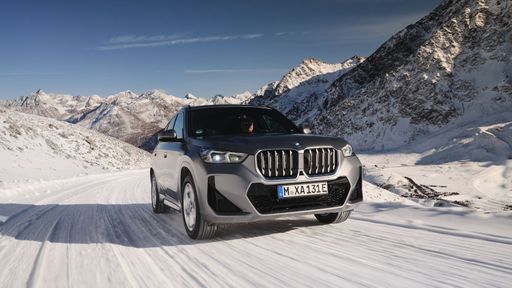 @ press.bmwgroup.com
@ press.bmwgroup.com
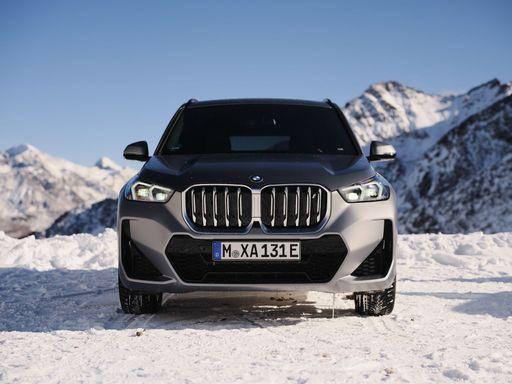 @ press.bmwgroup.com
@ press.bmwgroup.com
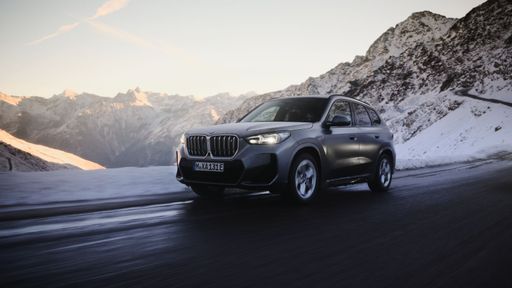 @ press.bmwgroup.com
@ press.bmwgroup.com
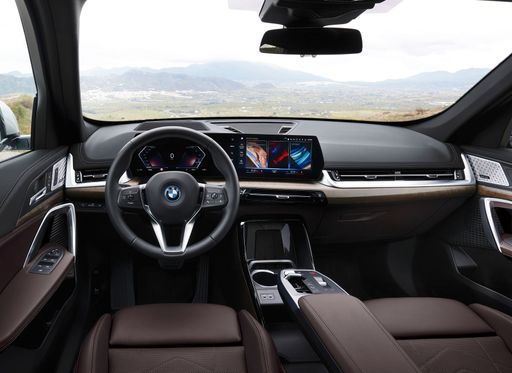 @ press.bmwgroup.com
@ press.bmwgroup.com
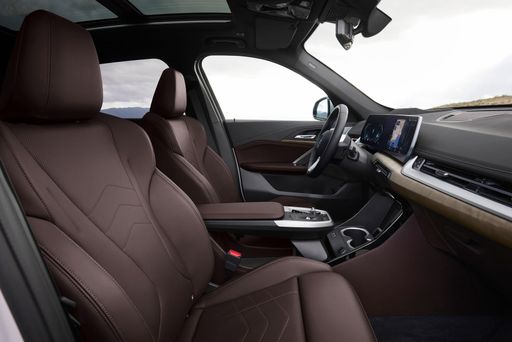 @ press.bmwgroup.com
@ press.bmwgroup.com
Polestar 3
Der Polestar 3 präsentiert sich als eindrucksvolles Elektro-SUV, das skandinavisches Design mit nachhaltiger Technologie vereint. Die klare Linienführung und hochwertigen Materialien im Innenraum schaffen eine luxuriöse Atmosphäre, während das fortschrittliche Infotainmentsystem für modernste Konnektivität sorgt. Mit seinem leistungsstarken Antrieb bietet der Polestar 3 ein dynamisches Fahrerlebnis, das sowohl umweltfreundlich als auch leistungsfähig ist.
details @ Polestar
@ Polestar
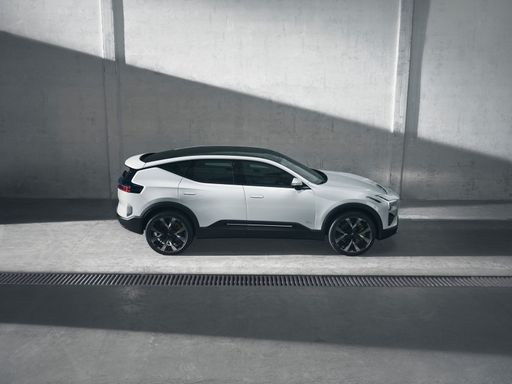 @ Polestar
@ Polestar
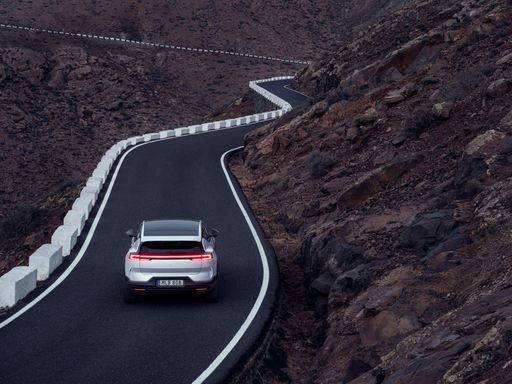 @ Polestar
@ Polestar
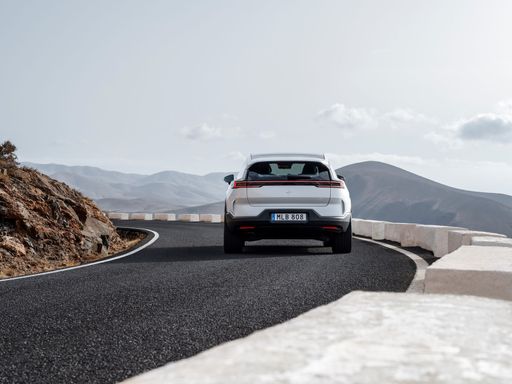 @ Polestar
@ Polestar
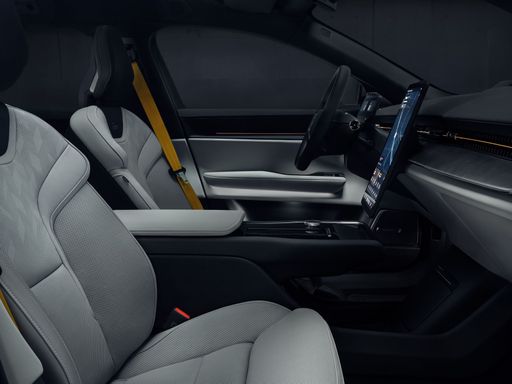 @ Polestar
@ Polestar
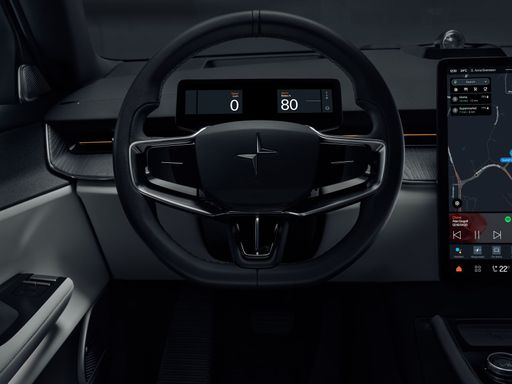 @ Polestar
@ Polestar

|

|
|
|
|
Costs and Consumption |
|
|---|---|
|
Price
41800 - 54600 £
|
Price
67400 - 79000 £
|
|
Consumption L/100km
-
|
Consumption L/100km
-
|
|
Consumption kWh/100km
15.8 - 17.1 kWh
|
Consumption kWh/100km
17.6 - 21.9 kWh
|
|
Electric Range
436 - 463 km
|
Electric Range
567 - 706 km
|
|
Battery Capacity
64.80 kWh
|
Battery Capacity
107 kWh
|
|
co2
0 g/km
|
co2
0 g/km
|
|
Fuel tank capacity
-
|
Fuel tank capacity
-
|
Dimensions and Body |
|
|---|---|
|
Body Type
SUV
|
Body Type
SUV
|
|
Seats
5
|
Seats
5
|
|
Doors
5
|
Doors
5
|
|
Curb weight
1940 - 2085 kg
|
Curb weight
2575 - 2584 kg
|
|
Trunk capacity
490 L
|
Trunk capacity
484 L
|
|
Length
4500 mm
|
Length
4900 mm
|
|
Width
1845 mm
|
Width
1935 mm
|
|
Height
1616 mm
|
Height
1614 - 1618 mm
|
|
Max trunk capacity
1495 L
|
Max trunk capacity
1411 L
|
|
Payload
495 kg
|
Payload
285 - 496 kg
|
Engine and Performance |
|
|---|---|
|
Engine Type
Electric
|
Engine Type
Electric
|
|
Transmission
Automatic
|
Transmission
Automatic
|
|
Transmission Detail
Reduction Gearbox
|
Transmission Detail
Reduction Gearbox
|
|
Drive Type
Front-Wheel Drive, All-Wheel Drive
|
Drive Type
All-Wheel Drive, Rear-Wheel Drive
|
|
Power HP
204 - 313 HP
|
Power HP
299 - 517 HP
|
|
Acceleration 0-100km/h
5.6 - 8.6 s
|
Acceleration 0-100km/h
4.7 - 7.8 s
|
|
Max Speed
170 - 180 km/h
|
Max Speed
180 - 210 km/h
|
|
Torque
250 - 494 Nm
|
Torque
490 - 910 Nm
|
|
Number of Cylinders
-
|
Number of Cylinders
-
|
|
Power kW
150 - 230 kW
|
Power kW
220 - 380 kW
|
|
Engine capacity
-
|
Engine capacity
-
|
General |
|
|---|---|
|
Model Year
2022 - 2023
|
Model Year
2024
|
|
CO2 Efficiency Class
A
|
CO2 Efficiency Class
A
|
|
Brand
BMW
|
Brand
Polestar
|
Is the BMW iX1 offered with different drivetrains?
The BMW iX1 is available as Front-Wheel Drive or All-Wheel Drive.
The prices and data displayed are estimates based on German list prices and may vary by country. This information is not legally binding.
